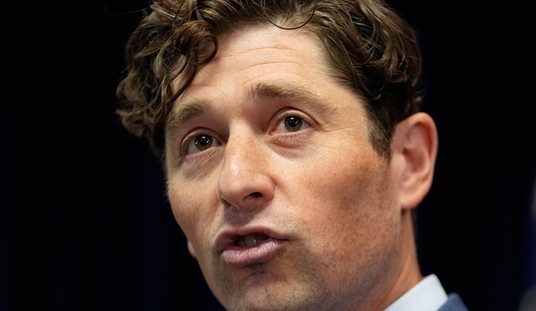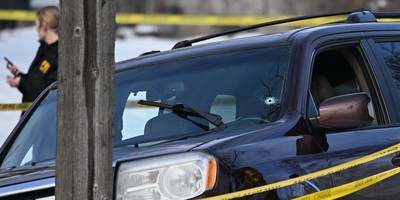What's healthcare like for the poor? I've visited low-cost Christian health clinics in New Jersey, Illinois, Florida, Mississippi, and other states, but my experience with big city emergency rooms was mediated through ER, Grey's Anatomy, and similar fantasies—or that's how I saw them. Recently, though, I was able to spend 6 p.m. to midnight in the emergency wing of New York City's government-funded Bellevue Hospital—and what I saw was both depressing and impressive.
First, some Bellevue background. It's the oldest public hospital in the United States (founded in 1736). It's open to patients of all backgrounds, irrespective of ability to pay or citizenship status. It handles a half-million patients per year, about 80 percent of them from "medically underserved populations," i.e., poor. One hundred thousand of them flow into the ER.
What struck me, observing for six hours, is how much a real emergency room is like ER the television show. Constant action and sound. One patient on a cot looks like someone has taken a bat to the top of his head. The doctor is telling the man that he has staples in his head and should come back in 10 days to have them removed: "Do you understand? Do your hear me? Come back in 10 days." A homeless man keeps yelling: "Yo, nurse. Yo, nurse. Nurse! Can't I get some [expletive] food?"
I hung out with lots of alcoholics, addicts, and prisoners. The door opens: It's a police officer with a man in handcuffs. Door opens again: Another policeman comes through with a dude in leg restraints. Most patients are patient—some of them come in drunk and quickly fall asleep—but some demand to be seen before others whose need is more urgent. A nurse calls for security as a patient lunges at a doctor.
Not a pretty picture of humanity, but this is apparently nothing new at Bellevue. Impoverished composer Stephen Foster—"Oh! Susanna," "Camptown Races," "Swanee River," "Beautiful Dreamer"—died there alone at age 37 in 1864, carrying a worn leather wallet that included three pennies and a scrap of paper saying, "Dear friends and gentle hearts." Twenty years ago doctors estimated that as many as 80 percent of the patients operated on at Bellevue had AIDS.
Recommended
What astounded me, though, were the doctors, nurses, and other staffers. No one there knew I'm a journalist—the known presence of a reporter sometimes turns angry people into sweet actors—but in six hours I saw nothing from the staff but gentle professionalism. Staff members did not raise their voices when shouted at. They quietly explained that amid two life-threatening traumas the wait for a CAT scan would be a little longer.
My experience with emergency rooms is so limited that I can't rightly assess the level of service, but New York magazine gave it a No. 1 rating for Emergency Medicine in 2006—this, in comparison with uptown hospitals that have a high percentage of affluent patients. The place was also clean, given its usage. A designated mopper quickly swabbed up blood from the floor and tidied up a bathroom after some vomiting.
Some conclusions from these six hours of observation and some supplementary research:
1. It's harder to be a doctor or a nurse in an emergency room or an inner-city clinic than in suburban offices with generally genteel customers. People in jobs who must take on all comers, including some who are obnoxious and may be dangerous, are worthy of double honor.
2. Reports suggest that medical schools are not graduating enough primary care and emergency physicians to fill needs. Rather than moving toward the organizational and financial constraints of socialized medicine, we should find ways to make the practice of front-line medicine more attractive.
3. Instead of uprooting our entire medical system, we should expand local clinics: Patients would save time and tax¬payers would save money. Last year, according to the National Association of Community Health Centers, clinics—including Christian ones—cared for more than 18 million patients (70 percent of them with low incomes by federal standards) in more than 6,300 communities.
4. Democratic talking points aside, a lack of health insurance is not the same as a lack of quality healthcare.

























Join the conversation as a VIP Member